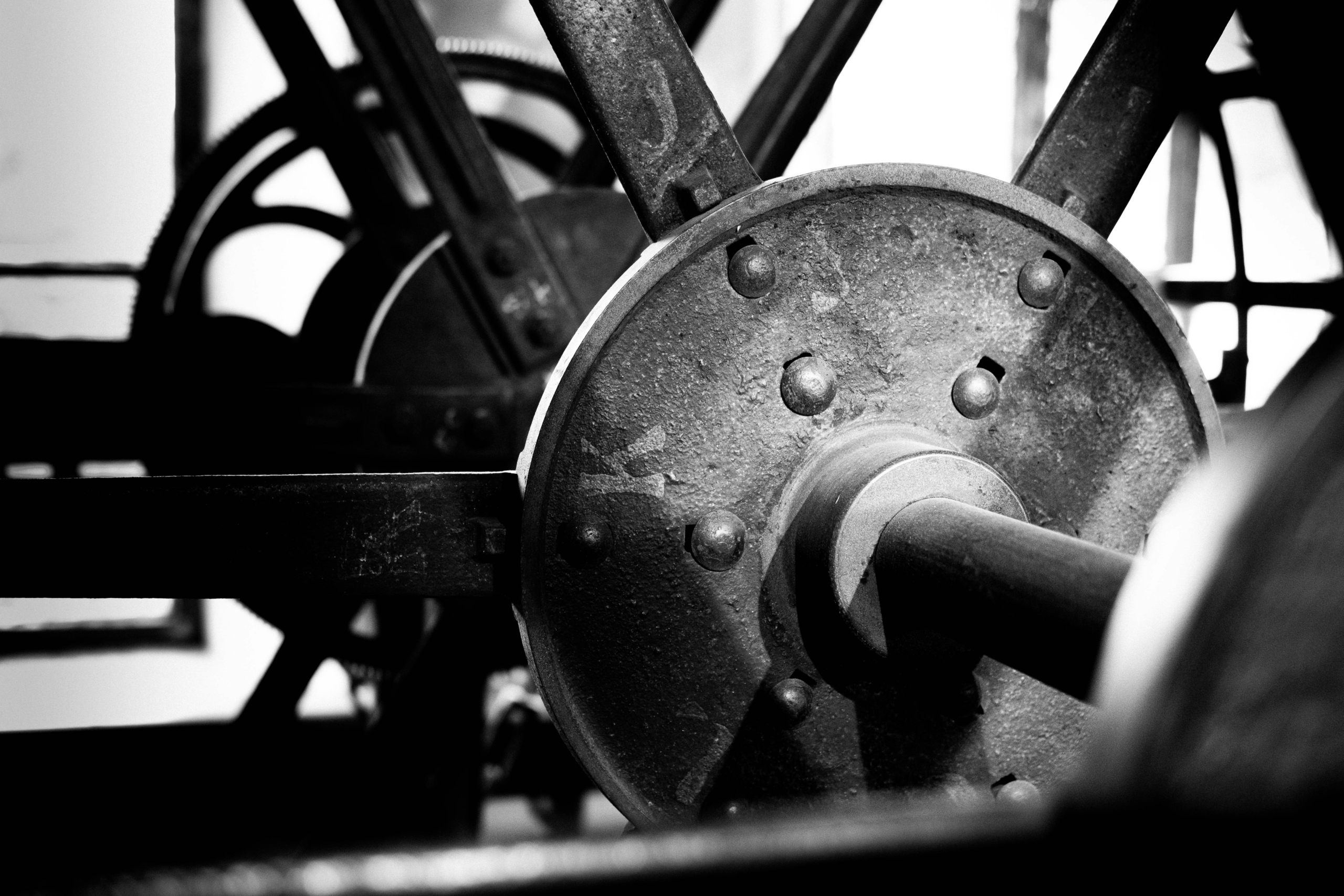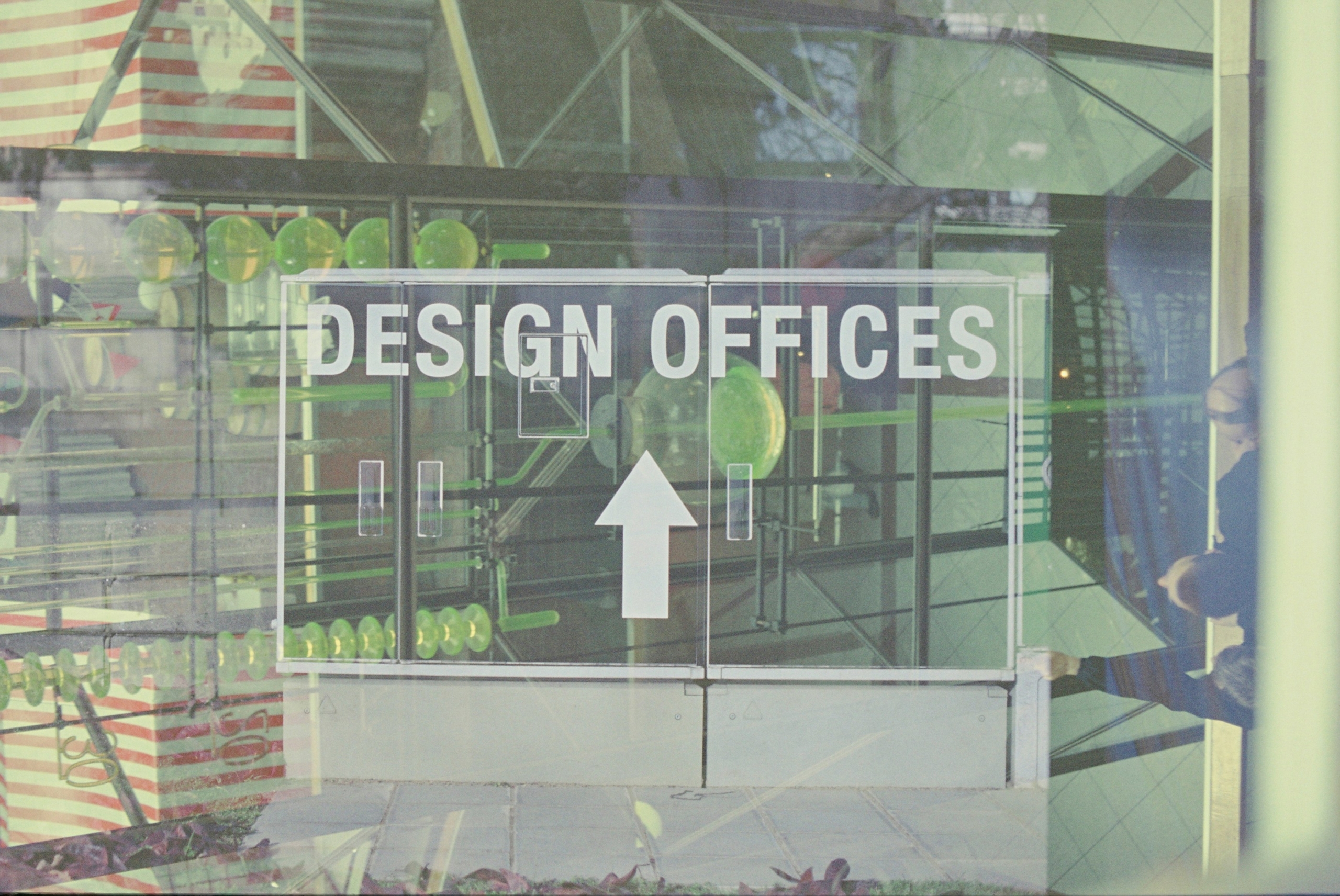In modern manufacturing, high product quality and strong longevity are the standards your customers expect. Whether your business is producing components for automotive systems, consumer goods, medical devices, or industrial applications, consistency and resilience determine your product’s value and reputation.
One of the most reliable methods for achieving both is custom plastic injection molding. By combining precision engineering, material science, and process control, plastic injection molding improves product quality & durability at every stage of production.
The Foundation of Quality: Precision and Repeatability
At its core, injection molding is prized for its ability to create identical parts at scale with micron-level accuracy. The process injects molten plastic into a high-precision hardened steel or aluminum mold, where it cools and solidifies into its final form before ejection.
The result of the injection molding process is that each part is virtually identical to the last, and this precision eliminates the inconsistencies often found in other manufacturing methods like machining, 3D printing, or thermoforming.
The durability of injection molded parts also benefits from repeatability throughout the manufacturing process, even during high-volume production. Because tolerances remain tight throughout the mold lifespan, every component fits perfectly within assemblies. That reduces wear, prevents stress fractures, and ensures optimal performance over the product’s lifespan.
For Plastic Injection Molding Quotes
Material Science: Selecting for Strength and Longevity
Custom injection molding allows manufacturers to choose from a vast array of thermoplastics and polymers, with each one engineered for specific performance requirements, including impact resistance, chemical stability, temperature tolerance, and flexibility. For example:
- Polycarbonate and ABS offer exceptional impact strength and mold life, perfect for consumer electronics or automotive housings.
- Nylon (PA) provides toughness and resistance to abrasion and corrosion, ideal for industrial parts and long life expectancy.
- PBT and PEEK deliver superior dimensional stability and thermal endurance for demanding environments or moving parts.
The customization also goes beyond selecting a resin, as manufacturers can integrate fillers, fibers, or additives to reinforce mechanical properties, improve UV resistance, or enhance flame retardancy. These engineered combinations explain how injection molding improves product strength across the plastics industry. When done right, the end product leaving the molder not only meets performance expectations but often exceeds traditional material limitations, especially with regular maintenance.
Controlled Processes and Quality Standards
In injection molding, consistency is everything. Top manufacturers adhere to rigorous quality standards in injection molding, such as ISO 9001 certification, ensuring every step, from mold design to final inspection, meets repeatable quality benchmarks. Alongside that, advanced monitoring systems track parameters like melt temperature and pressure, cooling time and cycle consistency, and injection speed and fill rate.
These real-time controls maintain optimal material flow and cooling uniformity, which are critical to avoiding defects such as sink marks, voids, or internal stresses. Combined with statistical process control (SPC) and end-of-line inspections, these can help you maintain unparalleled precision and performance.
Design for Manufacturability (DFM): Engineering Strength from the Start
A product’s performance begins at the design phase, well before production starts. Proper DFM (Design for Manufacturability) ensures that each component is optimized for both efficiency and strength before it ever reaches the mold. As an example, incorporating ribs, gussets, and fillets in the right locations helps prevent warping and distributes stress evenly throughout the part.
Additionally, controlling wall thickness and flow paths eliminates weak points that can lead to cracking or deformation under load. For an in-depth guide on optimizing mold design, explore Design Tips for Plastic Injection Molding & DFM Insights. Applying these principles early can reduce your production costs while ensuring the part’s structural integrity and durability.

Surface Finish and Aesthetic Quality
While strength and endurance are key, visual quality also matters, and this is especially true for consumer-facing products. Custom injection molding enables a wide range of surface finishes directly out of the mold, from glossy to textured or matte, which eliminates the need for additional finishing processes. Additionally, this reduces costs and the potential for defects being introduced during post-processing. The result is a part that looks as good as it performs, which reinforces both brand value and user confidence.
Environmental Durability: Built to Withstand Real-World Conditions
Injection molded parts often operate in challenging environments where they’re exposed to heat, moisture, impact, or chemical contact. That’s why proper material selection and process control are needed, to ensure molded components maintain their structural integrity despite these stressors. For instance, UV-resistant additives prevent fading or brittleness in outdoor products, while reinforced resins maintain shape and load-bearing ability in high-temperature industrial conditions.

Cost Efficiency and ROI Through Quality
It might seem counterintuitive, but investing in higher-quality design, materials, and tooling upfront can actually reduce long-term costs and improve ROI, making it highly cost-effective. Well-designed molds produce consistent, high-quality, defect-free parts over millions of cycles, which minimizes waste, rework, and downtime. The enhanced strength and longevity of these parts also reduce warranty claims and replacement costs.
For a detailed breakdown of what factors affect production economics, see Plastic Injection Molding Cost: What Drives Price & ROI. It explains how mold complexity, cycle time, and material choice contribute to long-term return on investment. Ultimately, the correlation between quality and profitability is clear. With better-engineered parts you can reduce operational friction, increase customer satisfaction, and extend product lifespans, all of which help drive your financial performance.
Continuous Improvement and Advanced Technology
Modern injection molding facilities increasingly integrate automation, AI-driven monitoring, and predictive mold maintenance into production workflows. These technologies help you anticipate potential quality issues before they occur, ensuring even higher levels of consistency and repeatability.
Furthermore, data analytics help optimize parameters for each production run, reinforcing a continuous improvement loop in part design and plastic materials. This combination of human expertise and digital intelligence keeps manufacturers ahead of industry standards and delivering parts that meet clients’ evolving performance demands.
When it comes to custom molded plastic parts Illinois is a hub for quality companies creating ongoing production cycles under comfortable and tightly focused operating conditions. That allows for longer tool life, well-kept molding surfaces, and a lower level of preventive maintenance with good outcomes for companies needing an excellent final product.
Precision Options That Are Built to Last
In a competitive manufacturing landscape, success depends on delivering products that are not only precise but also built to last. Through material innovation, meticulous design, complex geometries, and strict process control, custom plastic injection molding improves product quality & durability at every level, from initial prototypes to full-scale production with quality mold material.
By prioritizing DFM collaboration, maintaining quality standards in injection molding, and leveraging advanced technologies, manufacturers can produce components that consistently outperform alternatives in both strength and longevity.
If your business is focused on elevating your products’ performance while optimizing ROI, custom injection molding isn’t just a manufacturing choice, it’s a valuable strategic advantage.
Contact CBM Plastics USA for your plastic injection molding quote.
Let us help you with a custom injection molding quote for your project.
FAQs For Plastic Injection Molding
If your company requires plastic components made to exact specifications on a timeline and schedule that works for you and your customers, injection molding will likely add ongoing benefits to your company and enhance its bottom line.
Production time varies depending on the specifics of your order. However, with the right machinery and equipment, you can expect fast production times and good communication that will keep you informed about when you can expect your order.
CBM Plastics provides the highest product quality and takes plastic injection molding seriously. This allows you to have confidence in your order and ensures your customers will receive products with lasting components.
A plastic injection molding machine provides high precision and consistency in creating parts, helping to reduce scrap rates and improve product quality. This leads to lower costs and enhanced customer satisfaction by meeting exact specifications and timelines.
Waste reduction is crucial in plastic injection molding as it leads to cost savings and environmental sustainability. A molding injection machine ensures precise production, which minimizes material waste and enhances overall efficiency.
For More Frequently Asked Questions About Custom Plastic Injection Molding Check Out This Comprehensive Resource.

